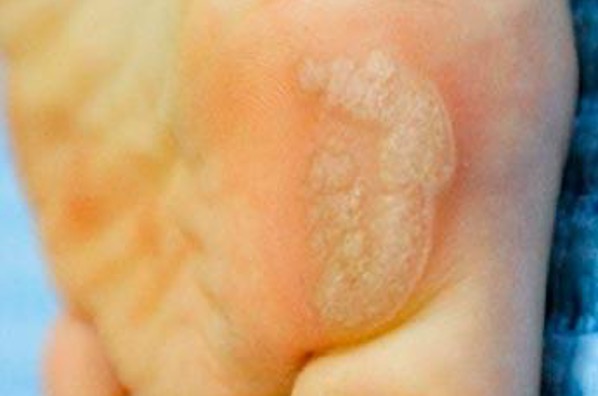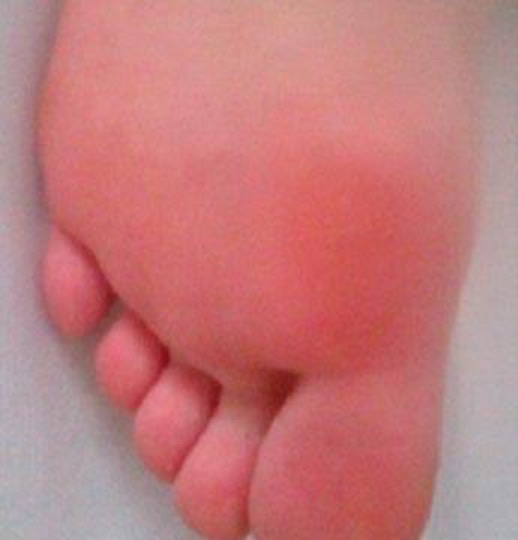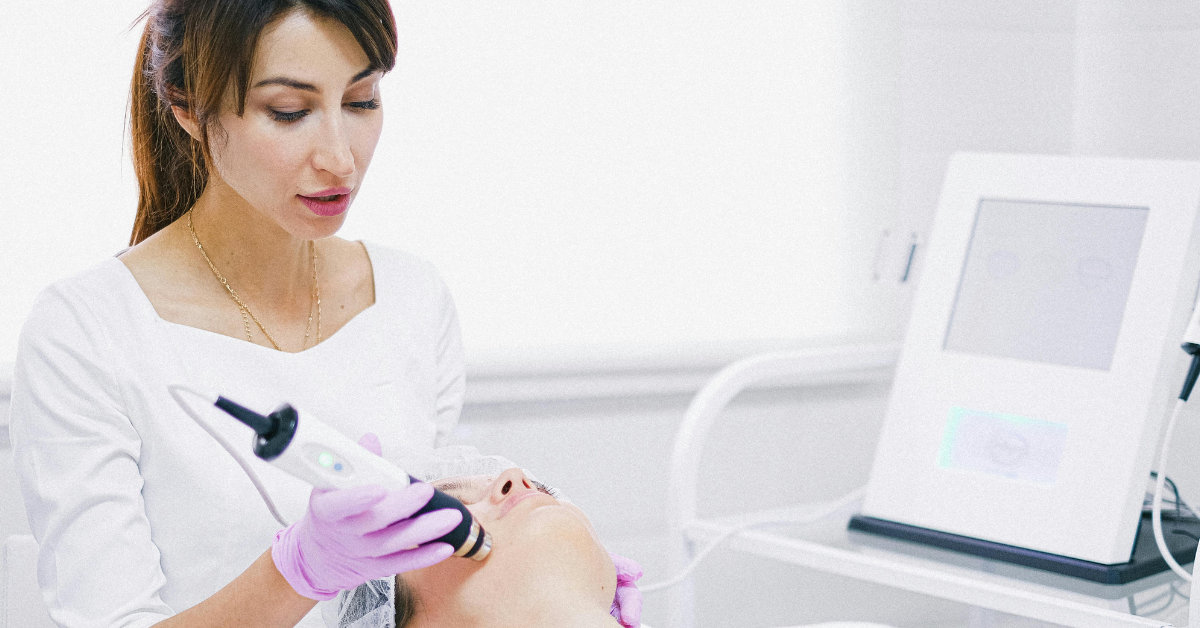Wrinkles, fine lines and creases are all part of the ageing process; it’s natural and to…

Laser Treatment for Mosaic Warts: Before and After Photos
If you have mosaic warts, you may be wondering what your options are with regard to treating them. At Cambridge Laser Clinic, we provide a successful laser treatment for mosaic warts, which removes them efficiently and effectively. By checking out the before and after photos on our website, you can see the difference laser treatment can make.
Mosaic Wart – Before

Mosaic Wart – 4 months after
Image Source: Warts & Verrucas – Dr Nathan Holt (cambridgelaserclinic.com)
Understanding Mosaic Warts
A wart can occur when the top layer of skin becomes infected with the Human Papillomavirus (HPV). This usually occurs on the foot, but warts can appear elsewhere on the body. HPV is very contagious, which is why warts are so easily spread from one part of the body to another; this also means that warts easily spread from one person to another. Some people are more susceptible to HPV than others, which is why some people have a lot of warts throughout their lifetime and others have very few. Unfortunately, it’s not clear why some people get more warts than others.
Mosaic warts differ slightly from standard warts as they grow in a cluster on the bottom of your feet. Rather than one or two, mosaic warts mean multiple warts in one place. This can look like a cluster or mosaic. Like all warts, sometimes mosaic warts go away on their own but often require medical intervention.
Though warts are not dangerous, they can be uncomfortable when standing or walking. It’s not uncommon for a wart to be itchy or painful, and many people find them embarrassing. Instead of feeling self-conscious or uncomfortable because of a wart, you can have them removed. Laser treatment is one of the key ways of doing this.
Symptoms of Mosaic Warts
Warts can be found in numerous places on the body, but mosaic warts are specifically found on the bottom of your foot. The obvious sign of mosaic warts is a cluster of multiple warts appearing in the same place, but this might not always be clear, and you might initially think the warts are something else. There are some key signs to look out for:-
- Thicker skin on the bottom of your foot that looks similar to a callous could signify mosaic warts. As the warts are in the same place together, they can appear to be thick or dry skin.
- Pain when walking, standing or putting pressure on the area is a sign of mosaic warts. Though mosaic warts are not dangerous, they can be painful.
- Some mosaic warts have a small black dot on them, which is a sign that small blood vessels have burst within the wart itself.
Medical Intervention for Mosaic Warts
Most people will have a wart at some point in their life. Often, a wart will go away on its own, which can take anywhere between one and two years. However, sometimes warts are stubborn, and medical intervention is needed.
There are a few different ways to treat warts and mosaic warts. Medical intervention tends to speed up the process of getting rid of a wart, which is great if you are feeling self-conscious or embarrassed about warts or if a wart is causing you some discomfort. Keratolytics are sometimes used to treat a wart, which is a substance that kills the HPV causing the wart. However, this is only somewhat effective, and months of keratolytic treatment are often needed.
Cryotherapy is also a treatment for warts, usually the next step if topical treatments are successful. This works by applying liquid nitrogen onto the wart, which treats the infected tissue and kills the virus causing the wart. However, like keratolytics, many treatments are usually needed, and the damage to the treated area can take a long while to heal.
One of the most effective treatment options for mosaic warts is laser treatment, which uses vascular lasers to remove the wart. Thanks to pulsed dye lasers (PDL), the treatment of warts has improved significantly. Instead of being limited to topical treatments and cryotherapy, you can also utilise the effectiveness of lasers to remove warts.
How Does Laser Treatment for Mosaic Warts Work?
You might assume that laser treatment for mosaic warts is a complex, confusing or time-consuming process. However, this is rarely the case. It’s a straightforward way of treating warts and is very effective, which is why it’s the ‘go-to’ treatment option for many people suffering from mosaic warts. As long as you choose an experienced professional, laser treatment for mosaic warts is an effective and safe solution.
Using a specialist laser, the blood supply to the mosaic warts is completely cut off, meaning the warts can no longer survive and thrive on the foot. This happens because of the heat from the laser, which destroys the vessels supplying the wart with blood. Without blood, the wart begins to die, and it eventually falls off. This is a quick and effective process and causes minimal damage to the skin surrounding the treatment area.
At the same time, the virus causing the warts is broken down. This is broken into fragments, which are then scattered throughout the bloodstream, which causes an immune response within the body. The body reacts to the virus and attacks it, causing it to disappear.
Laser Treatment for Mosaic Warts
At Cambridge Laser Clinic, we understand the embarrassment and discomfort of warts, especially mosaic warts. With multiple warts in the same place, mosaic warts can eventually become unsightly and painful, and having them removed is the obvious solution.
We offer a professional laser treatment service for warts, which removes mosaic warts quickly and effectively. Instead of using keratolytics or cryotherapy and hoping for the best, you can make the most of our popular laser treatments, knowing that removal is guaranteed. To find out more about laser treatment for mosaic warts, speak to a specialist.




